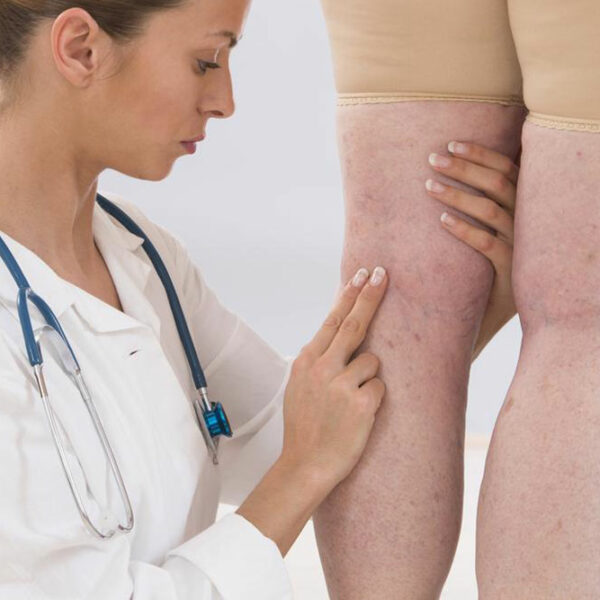
Ways to avoid thrombosis
Thrombosis or deep vein Thrombosis majorly causes pain and swelling in the leg which can lead to pulmonary embolism that blocks blood vessels in the lungs. Its symptoms include pain in the legs, usually towards the calf. Sometimes these conditions can be symptom less. So you need to be cautious of some habits that could possibly lead to deep vein Thrombosis or any other type of Thrombosis. Check out some of the popular ways that can help you avoid the condition. Quit smoking Smoking is anyway not a healthy habit as it affects the lungs and overall blood circulation of the body. Smoking on a daily basis can also harden up the blood vessels. This can seriously damage the walls of the blood vessels thereby enabling the blood to clot and that increases the risk of deep vein Thrombosis. Smoking is indeed difficult to quit if you have a long history with it, however, you can always begin with short term goals. Start to quit for a week. Increase the duration with multiple weeks and eventually months. Nicotine patches and chewing gums can always help with the quitting process. Maintain an active lifestyle The reduction of activity in legs reduces the blood flow in the deep vein and makes it sluggish.
